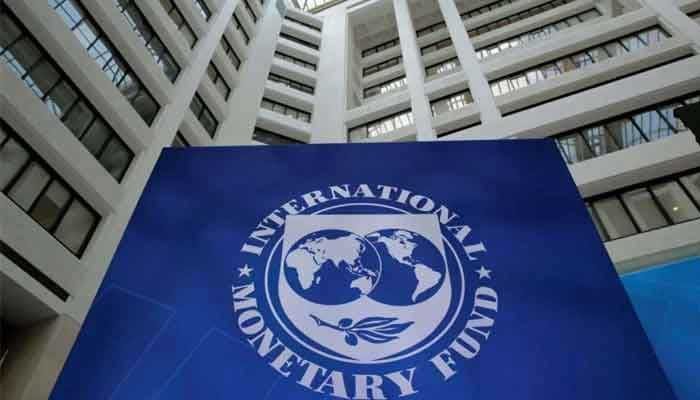IMF’s Zero-Inflow Target
The International Monetary Fund (IMF) has asked Pakistan to bring circular debt inflows down to zero during the current fiscal year, according to official sources. Despite multiple government efforts to manage the financial challenges within the power sector, inefficiencies in Power Distribution Companies (Discos) remain a central cause of persistent losses.
Persistent Losses in the Power Sector
The Discos collectively incurred losses of Rs265 billion in FY25 compared to Rs276 billion in FY24. Under recoveries stood at Rs132 billion in FY25, showing improvement from Rs315 billion in the previous year, but still highlighting significant operational inefficiencies. Experts note that while reducing losses to zero is impossible, the IMF insists Pakistan must minimize them, with remaining deficits financed through budgetary subsidies.
Tariff Adjustments on the Horizon
The IMF has been briefed on the baseline tariff to be implemented starting January 1, 2026. This marks a shift from the previous annual cycle beginning July 1. The National Electric Power Regulatory Authority (Nepra) is also reviewing interim tariff proposals for 2025-26, as Discos seek Rs455 billion in revenues. Sources suggest this could lead to a Rs2 to Rs4 per unit increase in tariffs, though the exact figure depends on Nepra’s determination.
To align with IMF requirements, Nepra’s legal and regulatory framework is being amended. Distribution companies will now be required to submit operational and financial proposals ahead of each rebasing cycle to ensure transparency and accountability.
Circular Debt Stock and Financing Strategies
At the end of FY2025, Pakistan’s circular debt stood at Rs1.614 trillion, down from Rs2.310 trillion in FY2023 and Rs2.394 trillion in FY2024. The government managed to reduce this figure by arranging Rs1.2 trillion with the help of banks, which cut the debt to around Rs400 billion. To service this borrowing, consumers will face a surcharge of up to Rs3 per unit for the next five years.
Subsidies for the power sector reached Rs1.225 trillion in FY2025, underscoring the continued reliance on budgetary support. The IMF has been informed that Pakistan plans to eliminate the stock of circular debt within three to six years.
Regional Losses and DISCO Performance
From July to December 2024, core operating losses of Discos reached Rs283.7 billion before government subsidies. Quetta, Peshawar, and Hyderabad emerged as the largest contributors, with losses of Rs92.65 billion, Rs53.68 billion, and Rs39.63 billion, respectively. Even relatively stronger companies like Multan, Faisalabad, and Gujranwala turned into loss-makers after subsidies, recording net losses of Rs35.17 billion, Rs13.12 billion, and Rs7.32 billion.
Quetta Disco’s situation was particularly alarming, with an EBIT loss of Rs60.36 billion and additional subsidies of Rs32.30 billion, leaving a substantial net loss. Other regions, including Lahore, Islamabad, Sukkur, and Tribal areas, also struggled to maintain profitability post-adjustments.
Expert Insights on the Way Forward
Former Advisor to the Ministry of Finance, Dr. Khaqan Najeeb, emphasized that ongoing technical and commercial losses of around 20% stem from inefficiencies in billing, collection, and transmission. He noted that average losses between July and December 2024 amounted to Rs300 billion, potentially rising to Rs600 billion annually without reforms.
Dr. Najeeb suggested that reforms should focus on strengthening governance, adopting advanced technology, exploring privatisation or concession models, and updating tariffs. He also highlighted that liquidity injections and debt clearances, though temporary, have been necessary to maintain the system’s operations in recent months.





